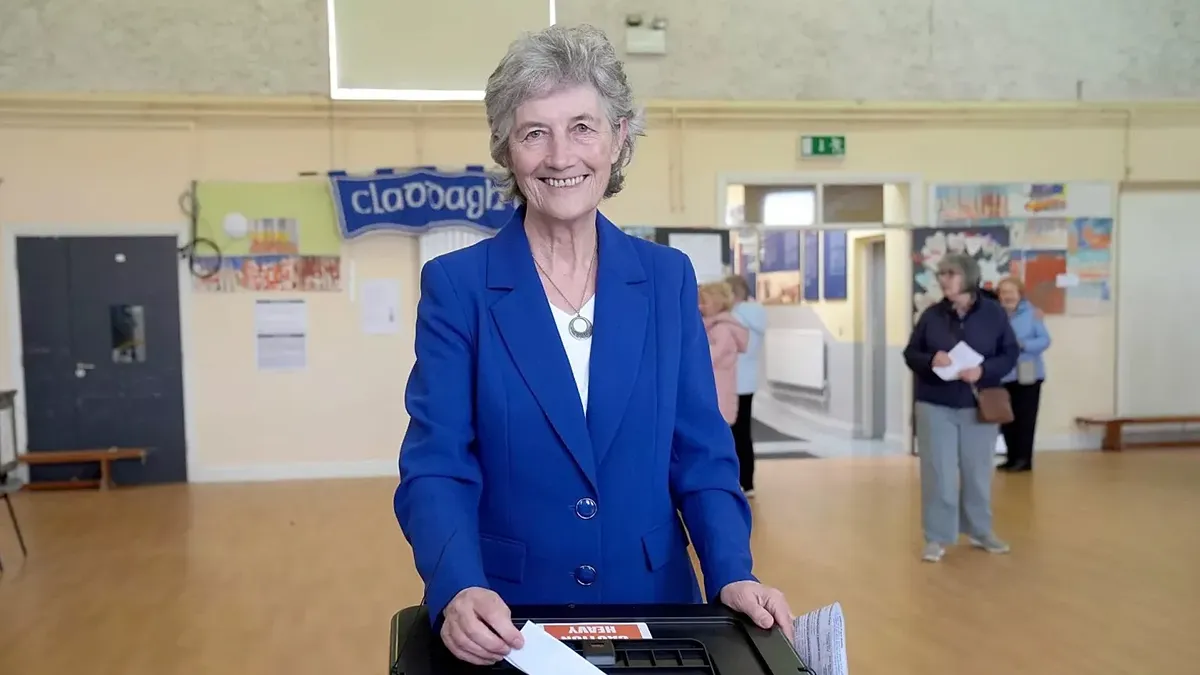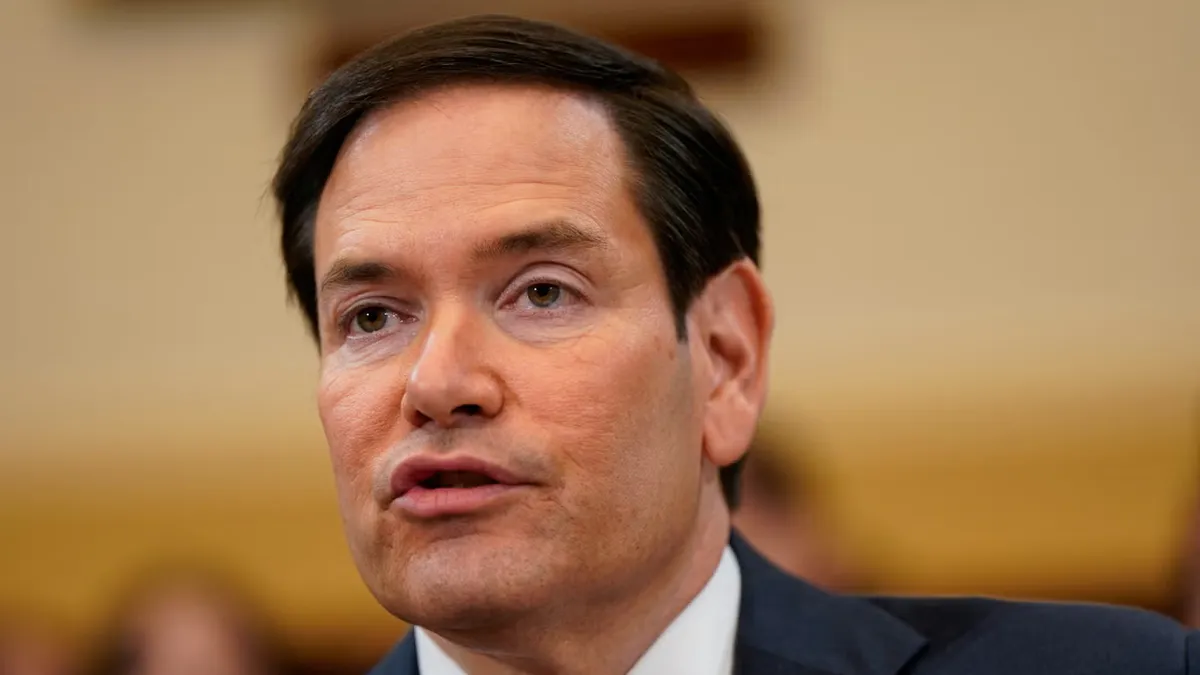This Thursday, gross reserves fell by more than US$300 million, breaking through the US$30 billion floor. The blue dollar rose 0.4% in one day. Respecting President Milei*’s calculation modality, yesterday the blue traveled 320.85% annualized. The country risk that rose around 1% in one day, traveled to (*3,494.96% annualized) and the S&P Merval sank (-2.10%) in one day, “that is”, a (*177,428.11% annualized).
While Milei is traveling, the market conjurer tried to stop the escalation of protests from the countryside and the governors, lowering withholdings for six months. Plus, he seems impatient to get dollars. In this way, it now sacrifices the supposedly “non-negotiable” debatable fiscal surplus and inflation, skyrocketing the internal prices of: flour, bread, noodles, polenta, corn, chicken, and sunflower and corn oils.
In the complex framework of the Argentine economy, the government’s strategies to manage debt and stabilize the market seem to oscillate between the search for a sustainable solution and the perpetuation of a scheme based on financial short-termism. The government launched a debt swap for $23 billion, requesting to extend the maturities until 2026 to alleviate the financial burden prior to the midterm election, although it does so at the cost of giving away more and more money to the banks, under a selling offer: “in a week the monetary policy rate drops”, take advantage. The operation will be carried out today and market operators expect that the adhesion to the exchange will be high, based on the generous rate spread incentives and swapping of old bonds at face value. Great business, everyone on the bank pedaling as hard as they can. But the renewal represents only 18% of the debt in pesos that matures during 2025. In an economy with strongly negative net reserves (around US$11,000 million) and a lagging dollar, dependence on exchange interventions to contain the pressure grows. about the dollar. We had said that in January US$700 million were already used.
Furthermore, the interaction with the IMF puts Argentina in a delicate situation. It is one thing to have political support (Milei has it from Trump), and quite another to have support from the “technical arm of the IMF” so that Caputo can decide on his own the continuity of the crawling peg at 1% per month. Although debt renegotiation through a new agreement is possible, it seems that an alteration of the exchange rate scheme is approaching.
Beyond the official justifications and Milei’s deviations from the topic in Davos to avoid talking about the economy, an implicit priority is discernible: maintain a financial cycle that generates high speculative returns, plus the extravagant profits generated by exchangeswhile the productive structure remains unattended. The following list attempts to penetrate into the risks associated with this strategy and describe alternatives based on economic propositions and global experiences.
Debt in pesos is a fragile pillar of apparent stability
The debt exchange in pesos seeks to transfer 18% of the maturities from 2025 to 2026 through the use of complex financial instruments. Although the operation is intended to alleviate immediate pressures, it exposes the economy to significant risk; If security holders who continue to accumulate profits later decide to consolidate their dividends, they will try to exit the peso and the pressures on the dollar could intensify.accelerating a currency crisis. Remember that public securities reach around 40% of banks’ assets
From the approach of Guillermo Calvo and Carmen Reinhart, countries that depend excessively on short-term financing are more exposed to liquidity crises. Counterfactually, in the hypothetical case that the adhesion to the exchange does not reach the objectives, the government would face increasing difficulties in maintaining exchange and financial stability. A conjectural pass on debt in dollars: “Traditional doctrine held that, if you behaved well, the capital markets would be on your side,” once said the illustrious Guillermo Calvo, who, along with Carmen Reinhart, disagreed with that ruling. . His thesis was that Countries did not receive external financing because they applied sound monetary and fiscal policies. but because external factors, such as a favorable global environment and low interest rates in the US, drove capital to seek better returns.
Exchange intervention and drain of reserves
The “blend” dollar scheme drained more than $18 billion in 2024, swallowing up the entire highest trade surplus in history. This dynamic not only reflects the fragility of exchange rate policy, but also the tensions of a system that prioritizes temporary containment measures over structural reforms. According to Nassim Taleb, systems that depend on constant intervention become highly vulnerable to exogenous shocks. If international volatility increases or capital flows to emerging markets reverse, Argentina will face a major currency collapse.
The limits of monetary policy and the vicious debt cycle
Current monetary policy is caught between two conflicting objectives: controlling inflation and maintaining attractive returns on financial instruments in pesos. According to Modigliani and Miller, extremely high interest rates can be counterproductive, discouraging productive investment and encouraging the speculative cycle. The dual bonds issued in the debt exchange offer effective rates significantly higher than those of traditional instruments. Although this seeks to encourage adherence, it also increases the future cost of debt, compromising the government’s ability to finance itself in the medium term without resorting to new emissions or tax increases.
Alternative proposals
Diversification of financing sources
The development of financial instruments adapted to the needs of the productive sector that are promoted and stimulated by the government could break the vicious circle of speculation. For example:
- Establish bonds indexed to GDP growth or the production of strategic sectors, such as energy, mining or technology.
- Design a framework for the issuance of green bonds that finance sustainable projects.
- Strategic international agreements
The industrialization of natural resources, in collaboration with complementary international partners such as Japan, can generate genuine foreign exchange and quality employment. This strategy would reduce dependence on raw material exports and stabilize the balance of payments (Argenjapan’s, 2002, Ed. Dunken)
Progressive exchange rate unification
The coexistence of multiple exchange rates encourages speculation and inefficiency. Following the recommendations of the IMF and the studies of Carmen Reinhart, the unification of the exchange rate could be accompanied by a dirty floating scheme that allows specific interventions to smooth out fluctuations.
Sustainable structural reforms
The reduction of the fiscal deficit must be based on an increase in the efficiency of public spending and collection, avoiding abrupt cuts that deepen social inequalities. At the same time, it is essential to implement a progressive tax on speculative profits to finance investments in infrastructure and education.
The Argentine economy at a new crossroads
While the government is committed to a short-term strategy that prioritizes exchange rate containment and debt refinancing, the risks of perpetuating a model based on speculation are increasingly evident.
The last 14 months in the Argentine economy have been marked by a dynamic of financial speculation that, although it generated extraordinary profits in dollars for a small segment of economic actors, is unsustainable in the medium term. The current scheme, based on high positive real interest rates in dollars, renewed debt with inappropriate premiums and deferrals of maturities, has set up a circle of manifest structural fragility. These types of strategies usually lead to debt crises and exchange rate collapses when financial incentives are no longer attractive or the Central Bank’s capacity to intervene is exhausted (Carmen Reinhart and Kenneth Rogoff). In these cases, the structural imbalance is aggravated by the magnitude of the net capital outflows. In 2024, investors captured spectacular returns in pesos, quickly converted to dollars through mechanisms such as the MEP dollar and the CCL dollar, draining reserves and exacerbating exchange rate volatility. As Nassim Taleb warns, a system that rewards speculation and neglects productive investment accumulates fragilities that make it extremely vulnerable to exogenous shocks or changes in market expectations.
The attempt to extend this logic over time is a mirage.. While speculators benefit from extravagant returns, the State assumes an increasing cost to sustain the illusion of stability. This strategy is not only financially unsustainable, but also deepens inequality and postpones the reforms necessary to transform the economy. The challenge, therefore, is not simply to avoid a default or stabilize the dollar, but to dismantle a model that perpetuates macroeconomic vulnerability and frustrates any possibility of long-term development.
Director of Esperanza Foundation. https://fundacionesperanza.com.ar/ UBA Postgraduate Professor and Master’s Degrees at private universities. Master in International Economic Policy, Doctor in Political Science, author of 6 books
Source: Ambito
I am Pierce Boyd, a driven and ambitious professional working in the news industry. I have been writing for 24 Hours Worlds for over five years, specializing in sports section coverage. During my tenure at the publication, I have built an impressive portfolio of articles that has earned me a reputation as an experienced journalist and content creator.




